

We may earn revenue from the products available on this page and participate in affiliate programs. Learn More ›
Overgrown Lawns
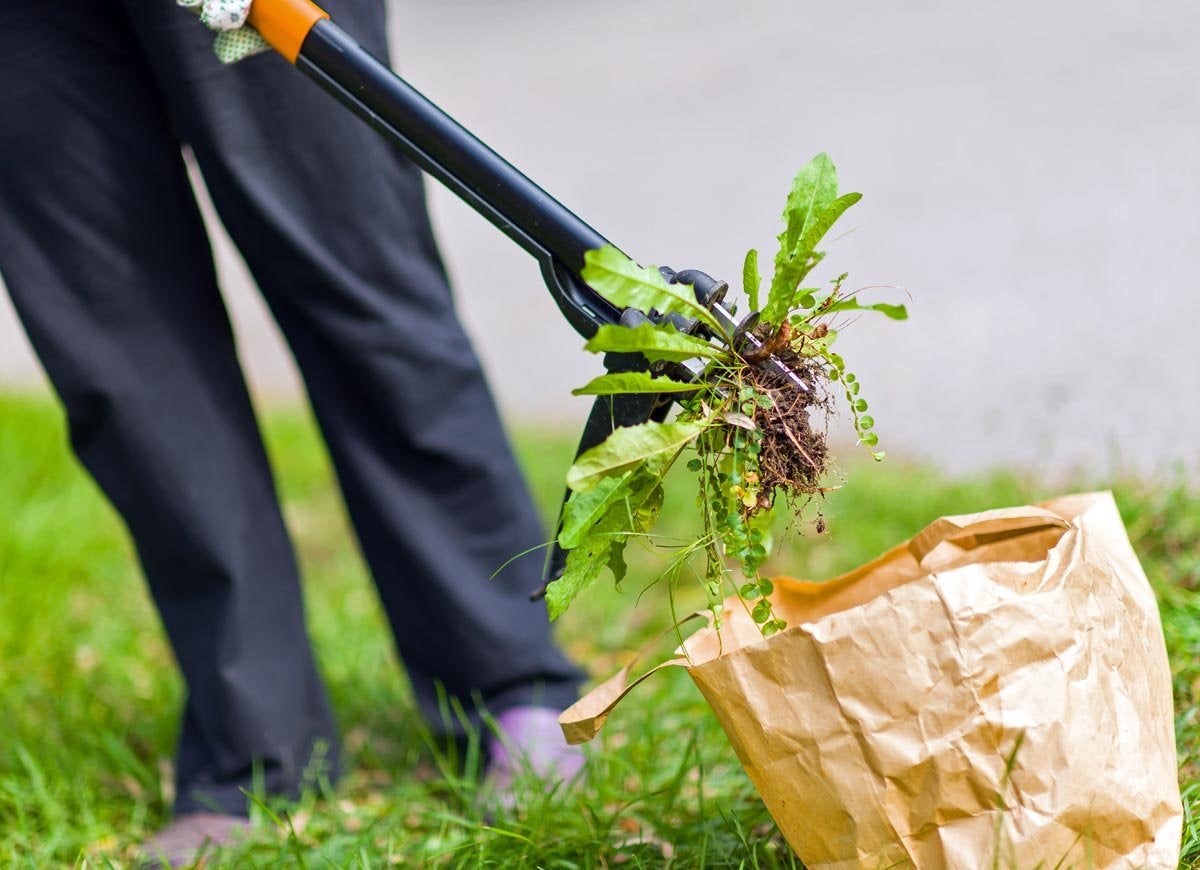
Overgrown lawns instantly mar any landscape, but pulling weeds is a tedious job that never feels finished. Instead of constantly toiling over a unruly yard, focus on maintaining edges alongside driveways and walkways. The clean corners will give an overall impression of crispness and cleanliness.
Decrepit Decorations

Decorative lawn ornaments bring a personal touch to any yard—until they start deteriorating from wind, rain, and other weather elements. Clear away unkempt or unwanted items for a tidier landscape.
Related: 12 Easy and Inexpensive Ways to Upgrade Your Home’s Exterior
Bad Lighting
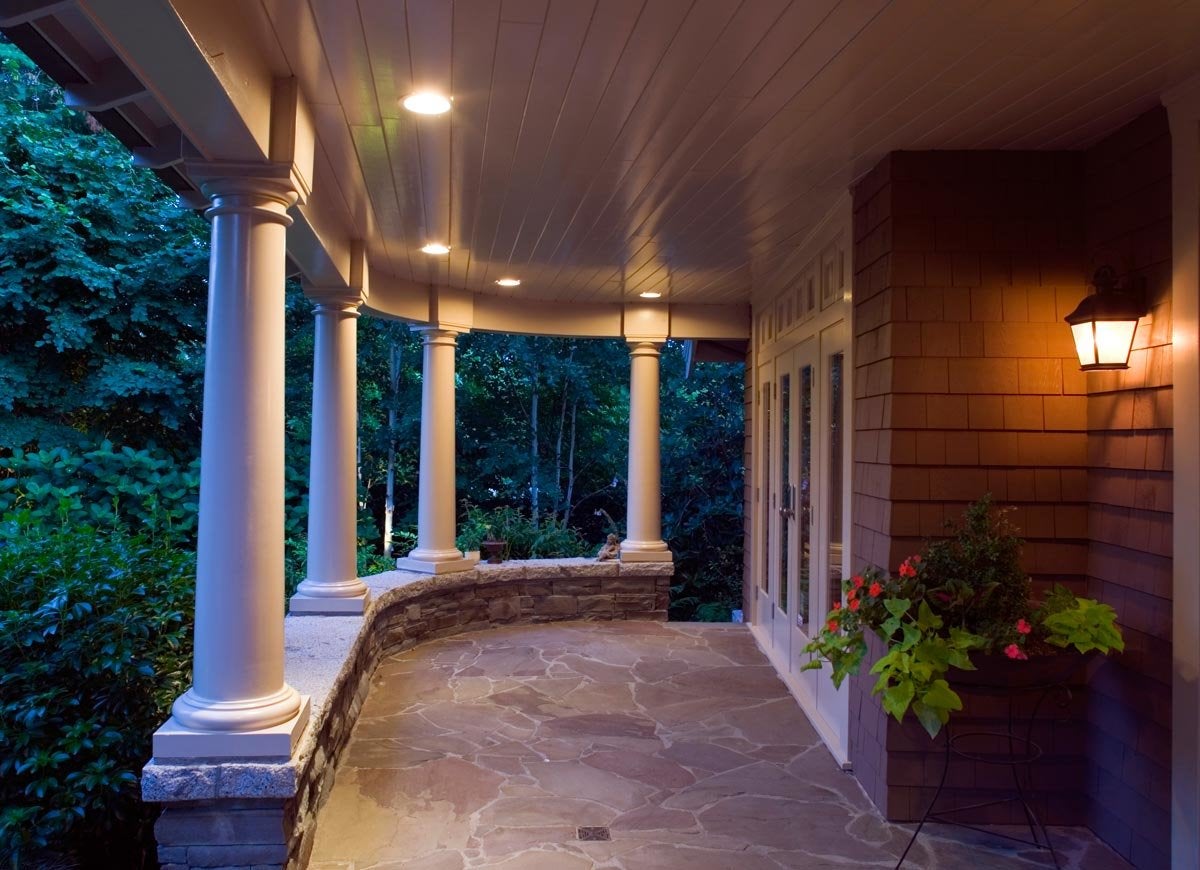
Your house should look equally impressive during the daytime and nighttime. Avoid exterior lighting that’s too dim, bright, or foreboding. Also, choose lights with shades that beam downwards to create brightness exactly where you need it: on the walkways and landscaping.
Shoddy Garage Door
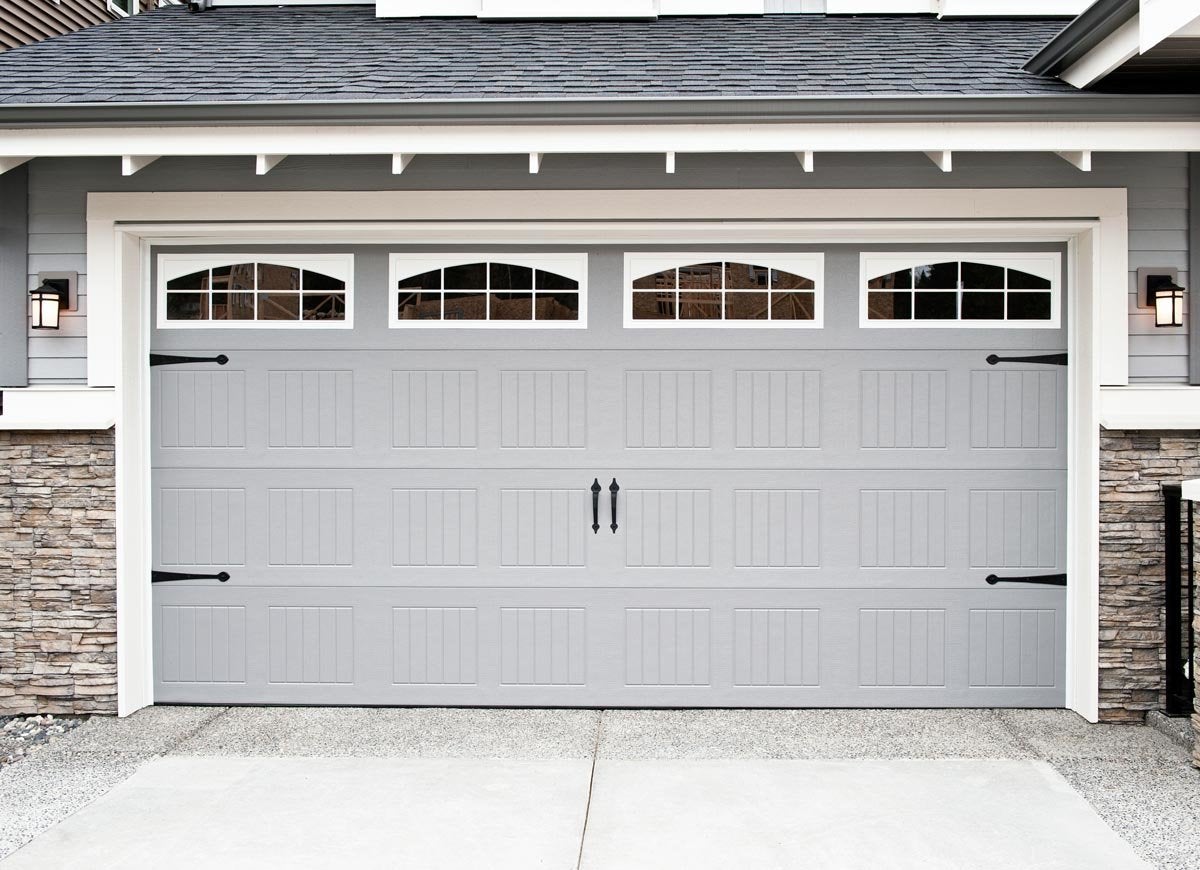
There’s no getting around it: all garage doors suffer wear and tear over time. Thankfully, painting your garage door is an easy weekend project that can instantly improve your facade.
Ugly Garbage Cans
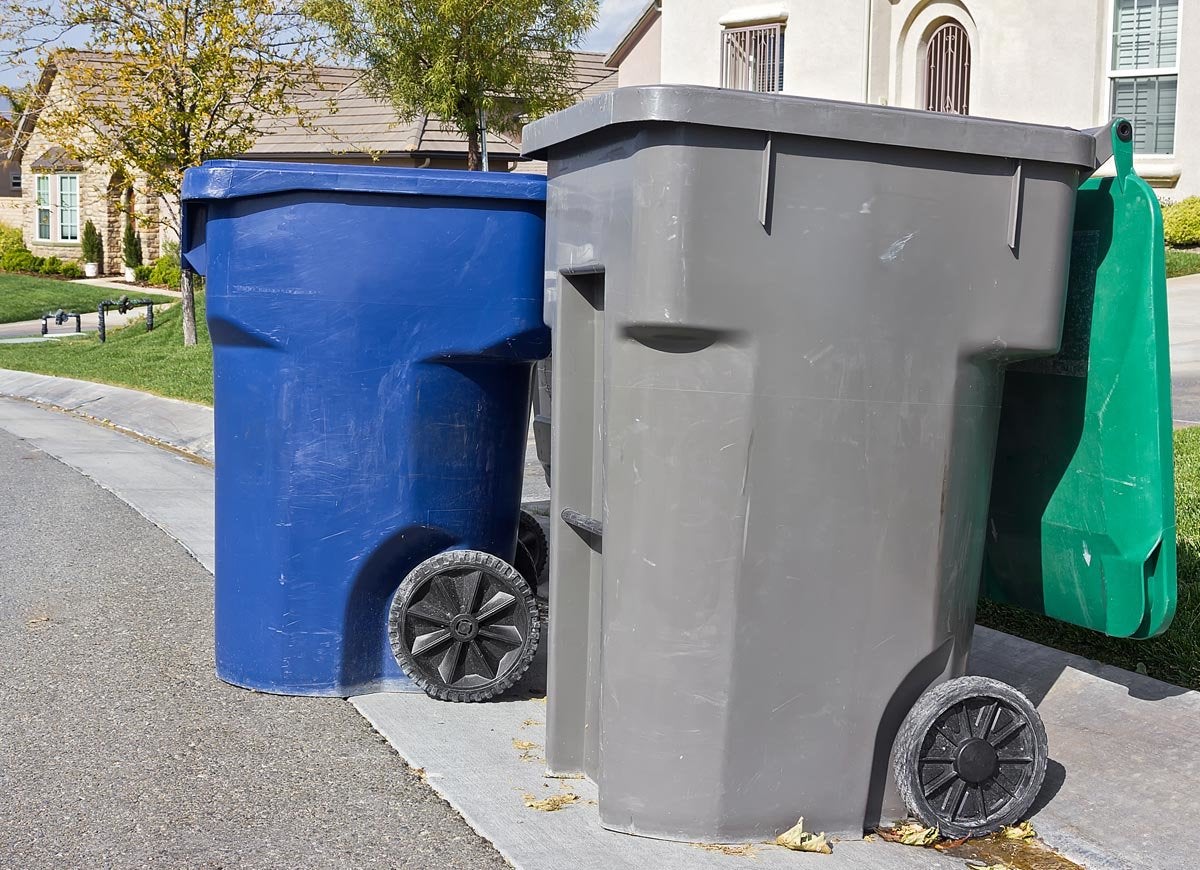
Most homeowners don’t think twice about their outdoor garbage cans and recycling bins, but these items can sully an otherwise stellar yard. Consider an easy fix—like adding a small fence to your designated bin area—to hide them from sight.
Dirty Windows
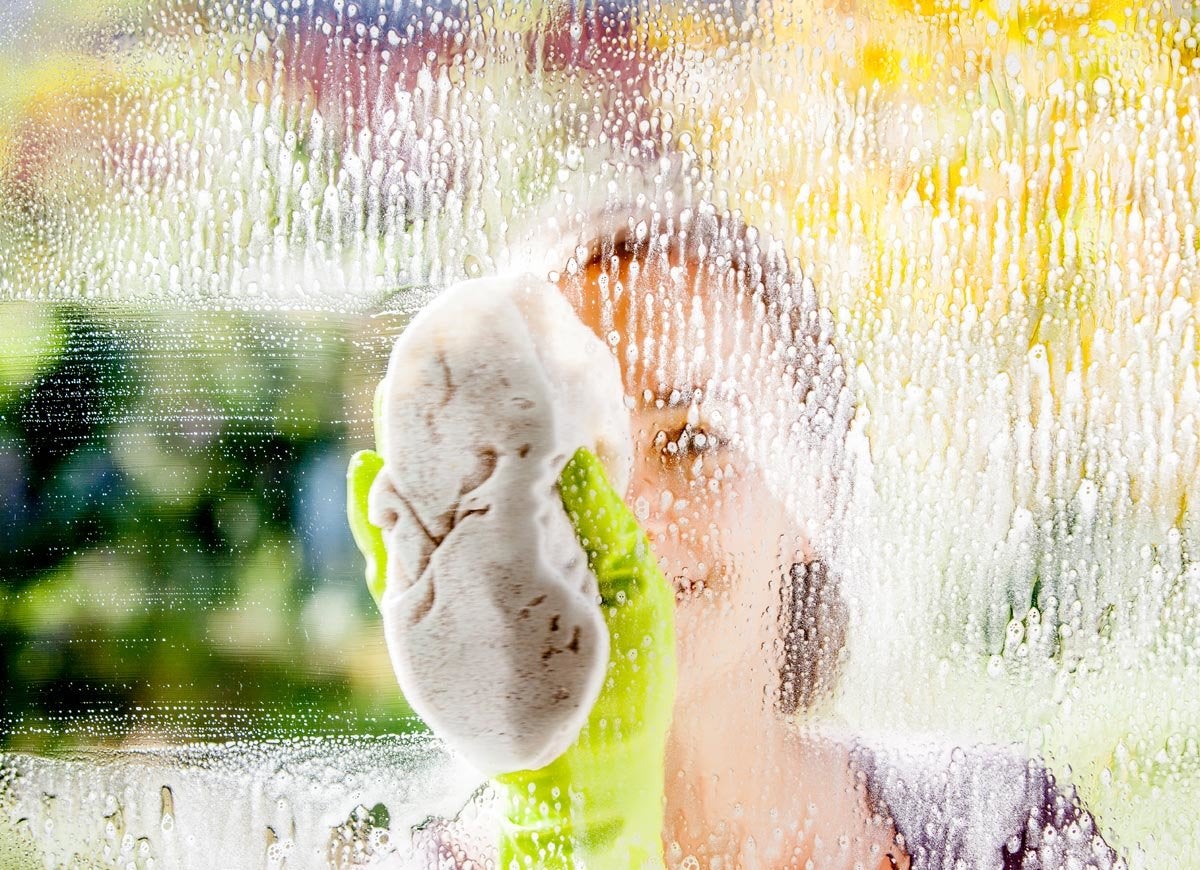
Dirty windows affect how your neighbors see your home—and also how you see your neighbors. Deep clean windows twice a year to ensure they’re always clear and sparkling.
Dying Trees
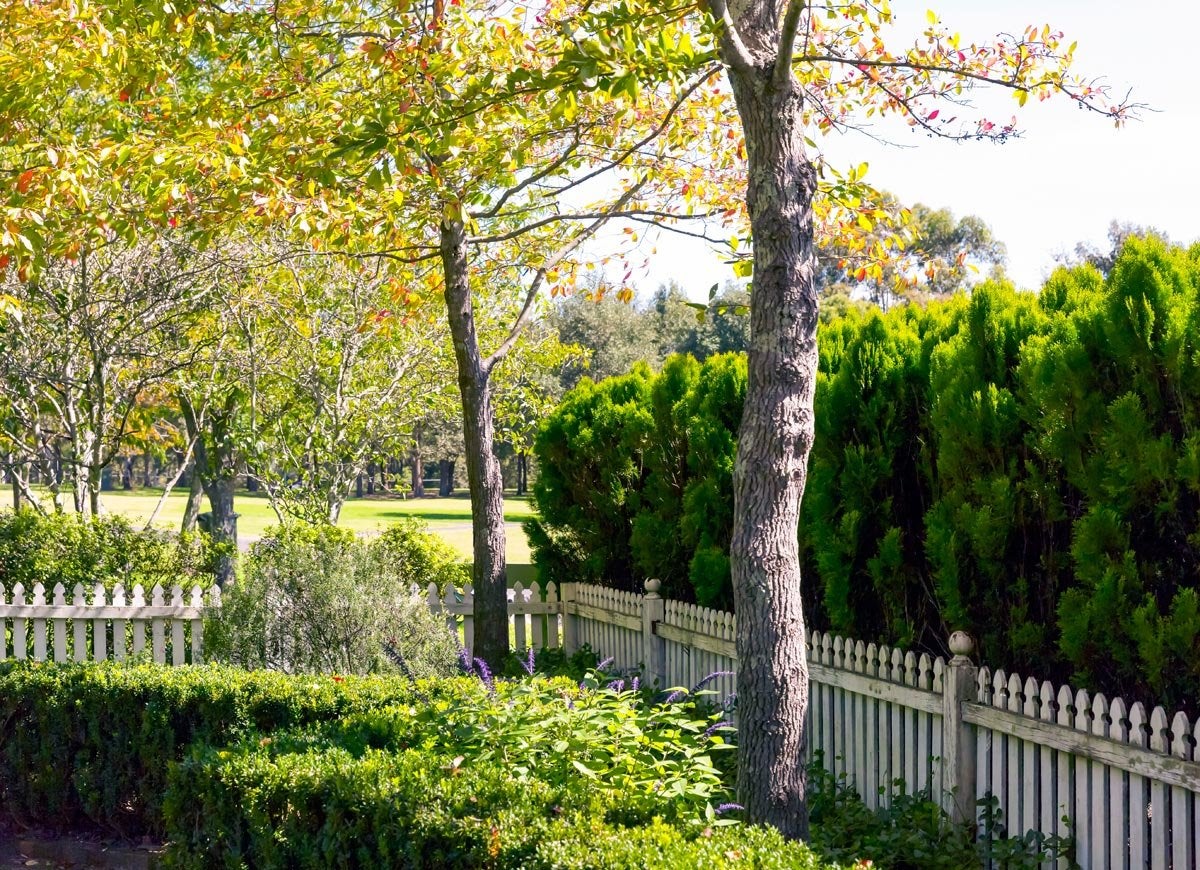
Vegetation is a key element of curb appeal. Inspect the health of your trees and shrubs regularly, trimming anything that’s overgrown. You should also remove dying branches ASAP; they’re a safety hazard during storms and winds.
Related: 10 Fast-Growing Plants for (Almost) Instant Curb Appeal
Unkempt Birdbaths
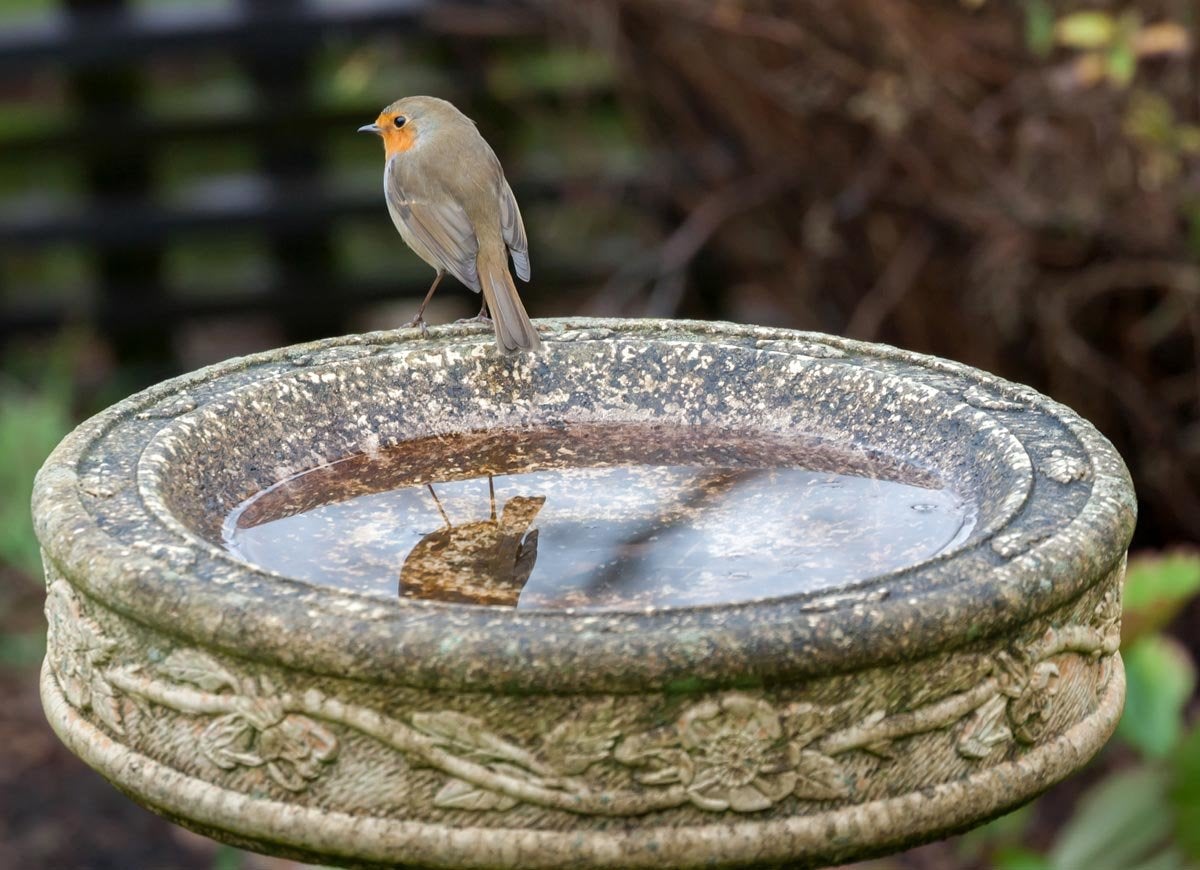
Many homeowners love sharing their yard with robins, blue jays, and other birds. But birdbaths with standing water breed mosquitoes, and seeded feeders are usually accompanied by a scattering of bird droppings. Clean these items regularly, or get rid of them if you don’t want to worry about maintenance.
Related: 14 Insanely Easy Curb Appeal Projects You Can Do in a Day
Clogged Gutters
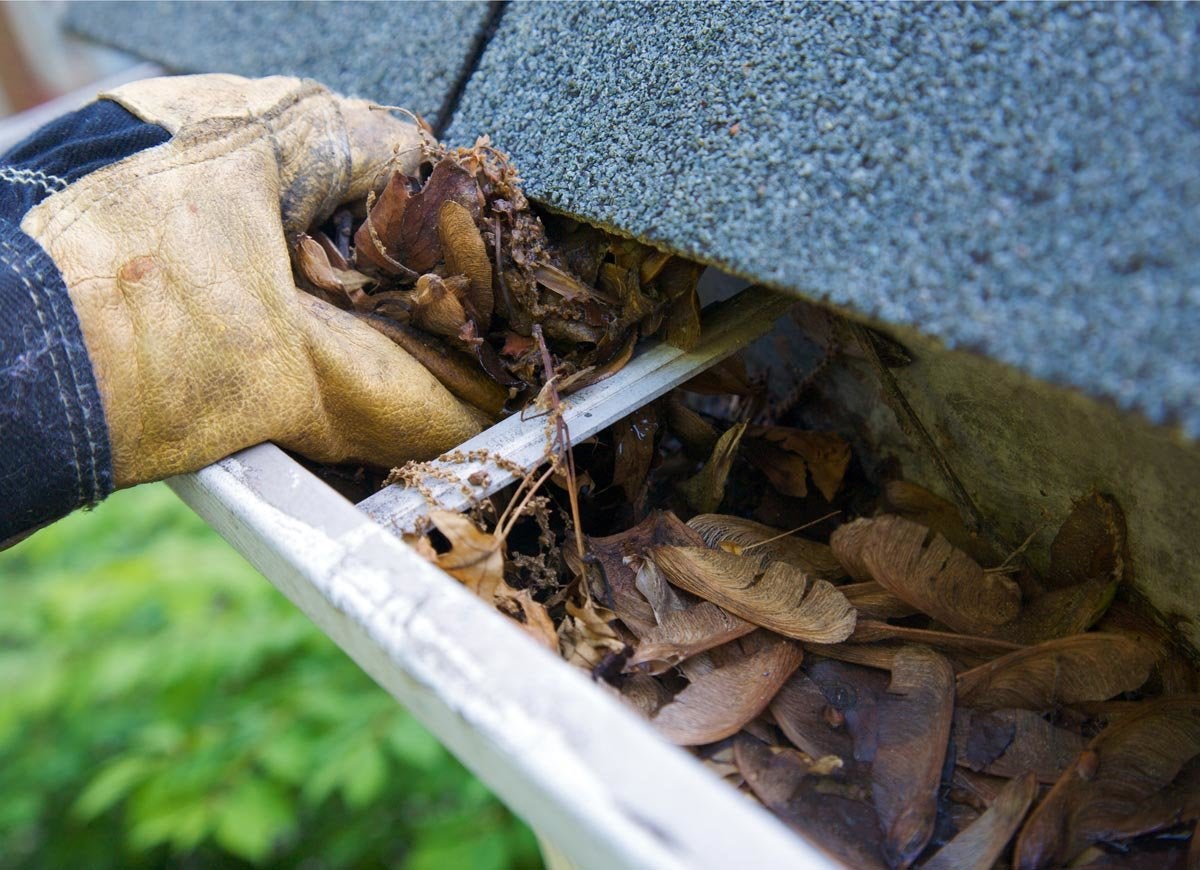
Rain gutters must withstand severe weather and accumulated gunk, so they typically droop, bend, or loosen over time. Since neglected gutters lead to structural damage and ice dams, make sure to clear them at least twice a year, preferably in early spring and late fall.
Unsightly Front Door
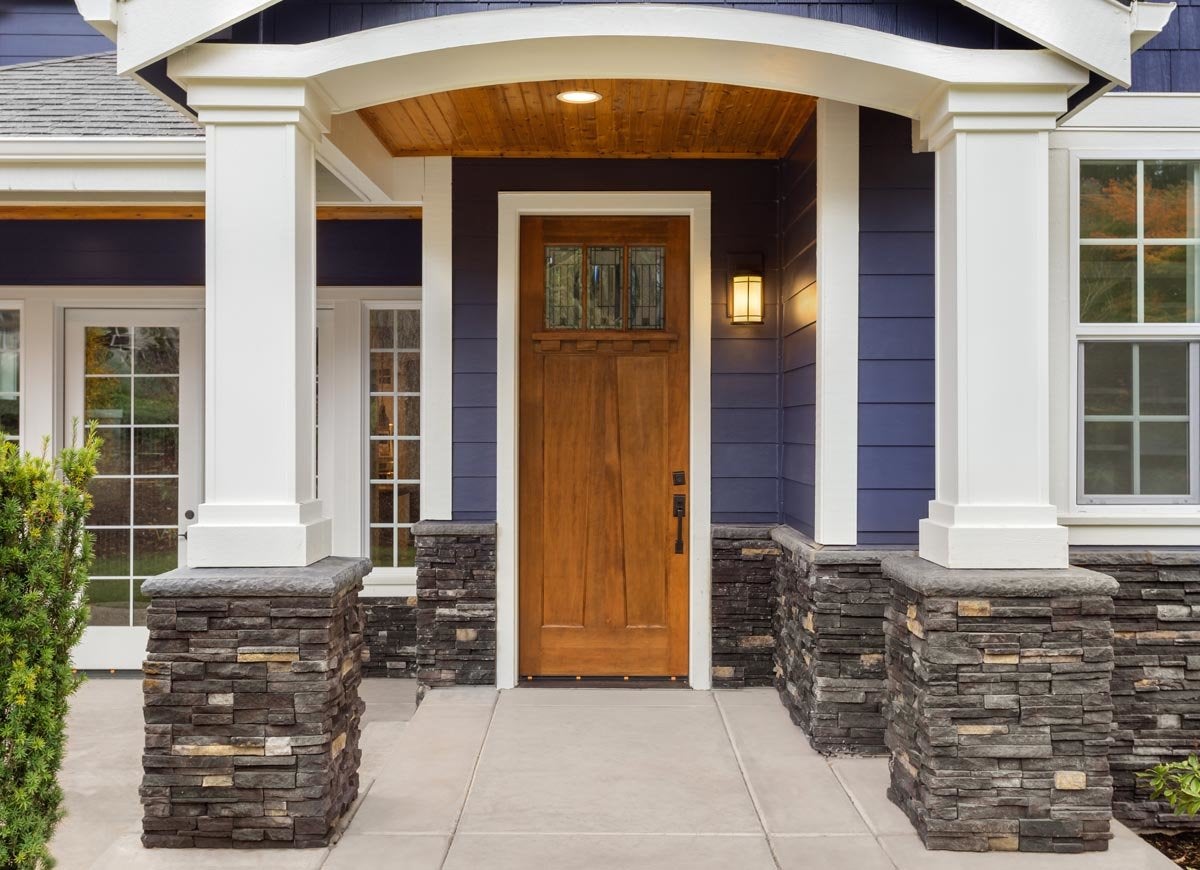
The front door is the focal point of every home exterior. Guarantee a positive first impression by repairing peeling paint, swapping dated hardware, and considering decorative elements like wreaths and potted plants.
Related: 10 Welcoming Front Door Paint Colors
Make It Nice

No matter what’s killing your curb appeal, there’s a way to turn it around. Some projects won’t even take you a whole day.

Everything You Need for a Lush and Healthy Lawn
Keeping your grass green and your plants thriving doesn’t just take a green thumb—it starts with the right tools and supplies.